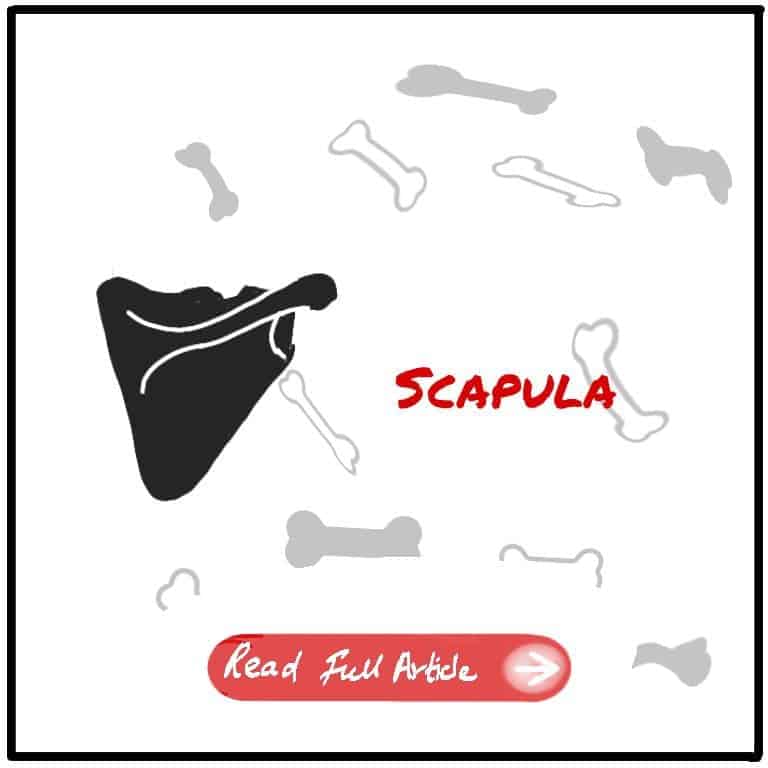The scapula, commonly known as the shoulder blade, is a flat, triangular bone that connects the upper arm to the clavicle (collarbone). Situated on the back of the thorax, the scapula plays a crucial role in the movement and stability of the shoulder joint. Its unique structure and attachment points allow for a wide range of arm motions, making it an essential component of the upper body’s skeletal framework. In this article, we delve into the fascinating world of the scapula, exploring its anatomy, function, and its significance in facilitating various upper body movements. Join us as we uncover the hidden intricacies of this remarkable bone.
Overview
The scapula is a flat triangular bone which lies on the posterior thoracic wall between the 2nd and 7th ribs. Tip of the coracoid process fully occupied by coracobrachialis and short head of the
biceps. Pectoralis minor inserts into the base of the coracoid process. The supra scapular nerve runs below the supra scapular ligament (within the notch). The supra scapular artery, which is a branch of thyrocervical trunk (branch of 2nd part of subclavian artery) runs above to the supra scapular ligament with corresponding vein.
Mnemonic: Army over the bridge, Navy under the bridge)
The army refers to the supra scapular artery and the navy refers to the supra scapular nerve. The bridge is the supra scapular ligament that spans across the supra scapular notch.
Side Determination
- 2 surfaces.
- Costal surface/Subscapular fossa –
- concave anteriorly.
- 3 longitudinal ridges
- Dorsal surface –
- supraspinous fossa ,
- infraspinous fossa
- Costal surface/Subscapular fossa –
- 3 Borders – superior, lateral, medial
- 3 Processes – spinous, acromion, coracoid
- 3 Angles – superior, inferior, lateral (Glenoid angle)
Clinicals
01. Winging scapula – Paralysis of Serratus anterior due to damage to the long thoracic
nerve(C5,C6,C7) and therefore weakness in abduction of shoulder joint beyond
90°.Medial boarder become more prominent.

.
02. Dropped shoulder – Paralysis of trapezius due to damage to the accessory nerve.(11th cranial nerve)
03. Scaphoid scapula — Medial border is concave.







Leave a Reply